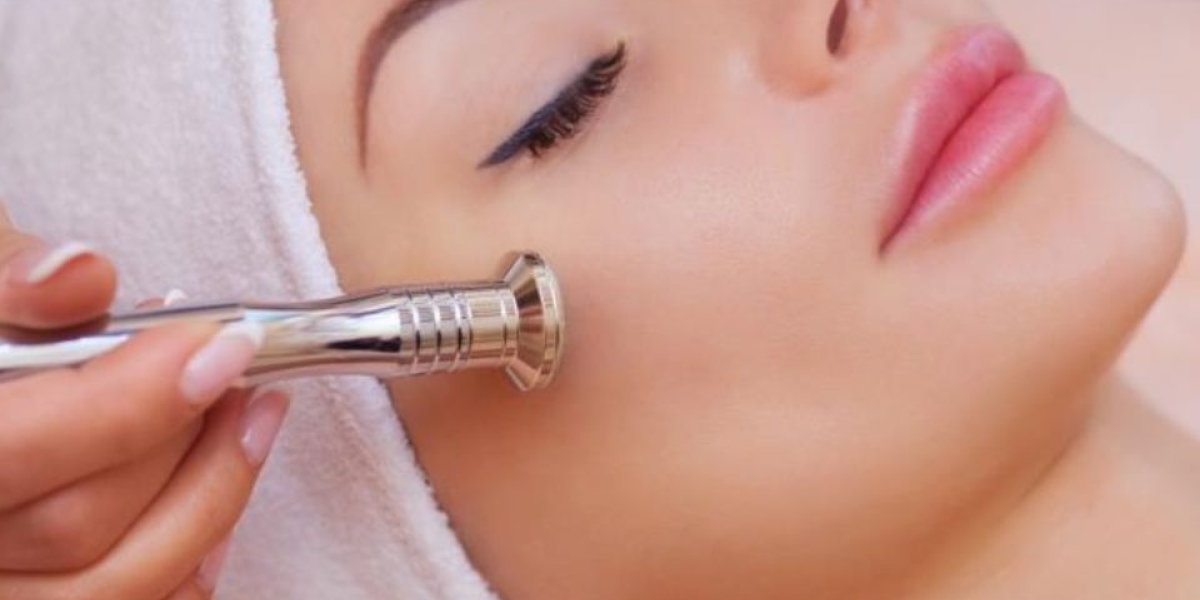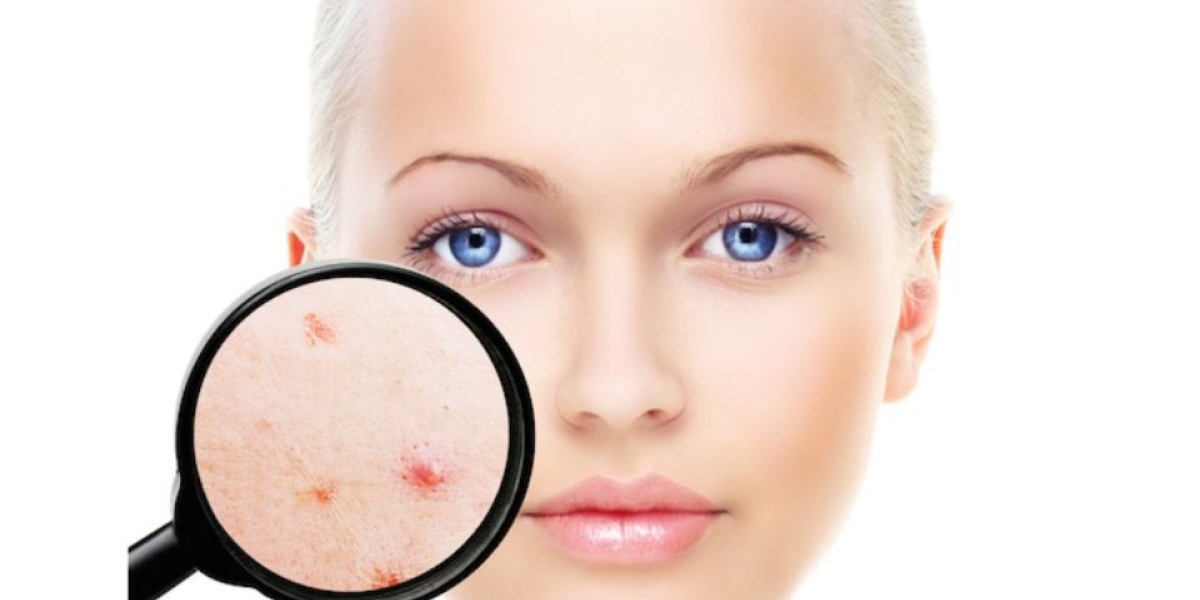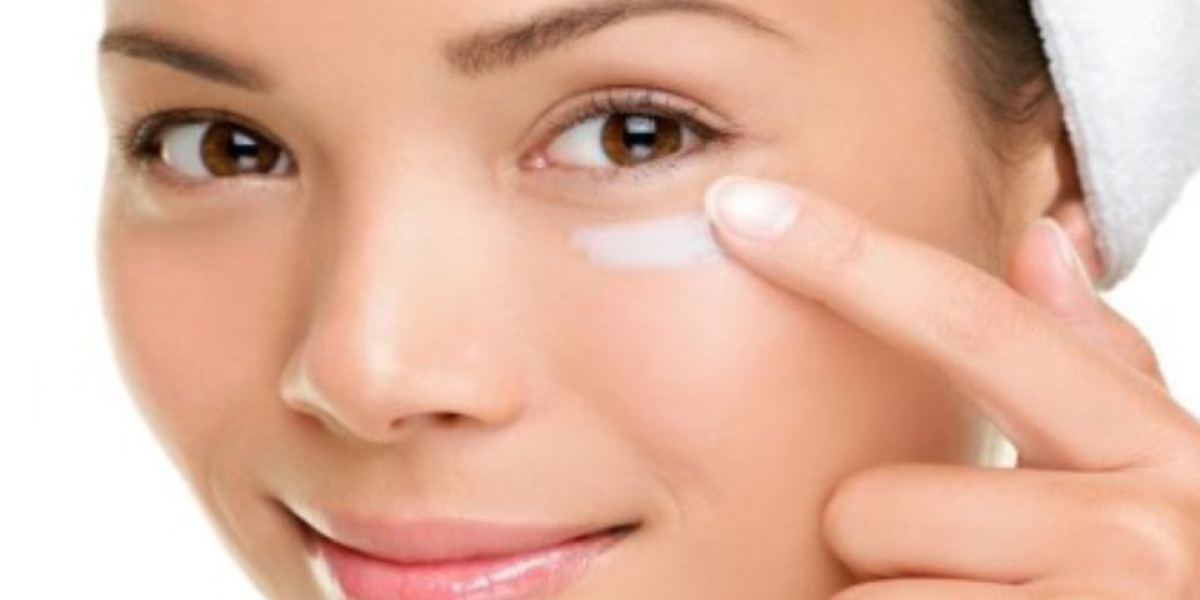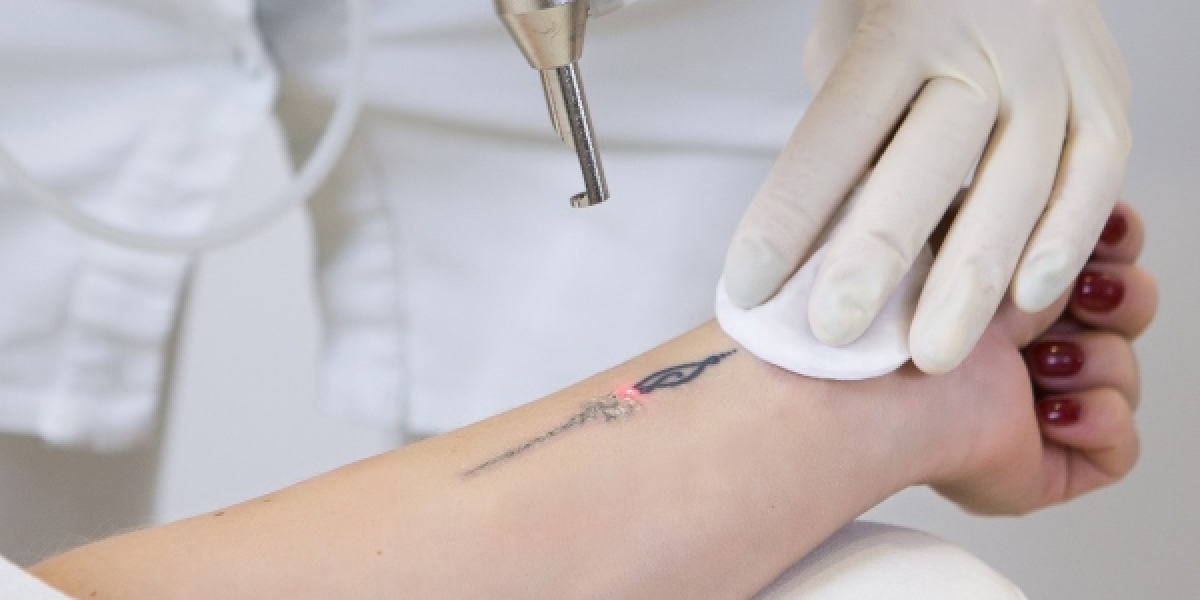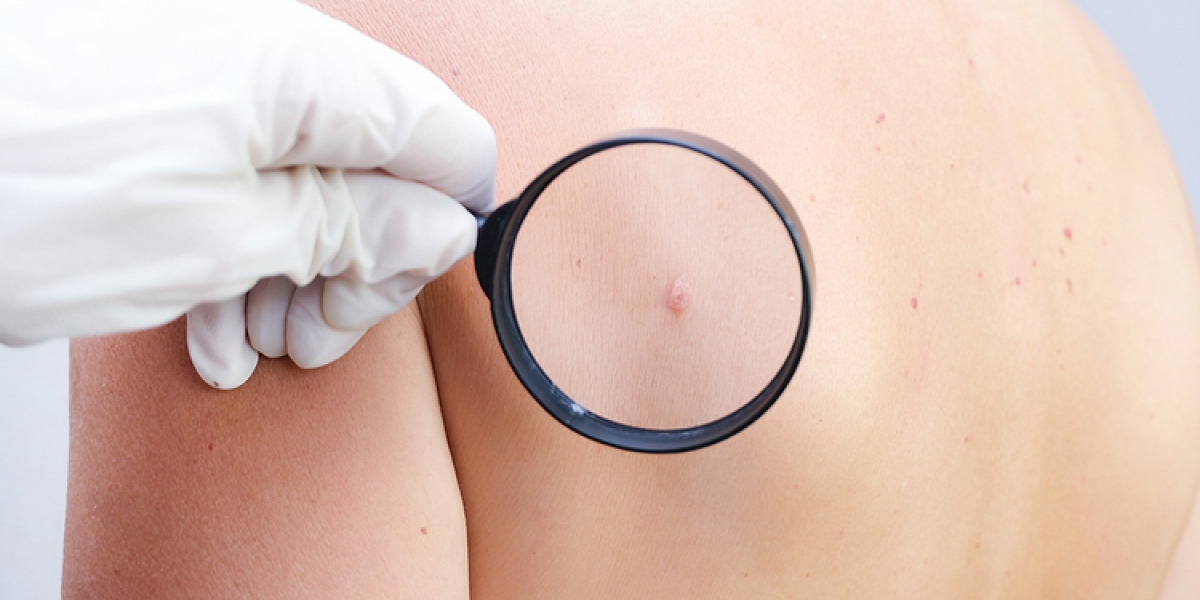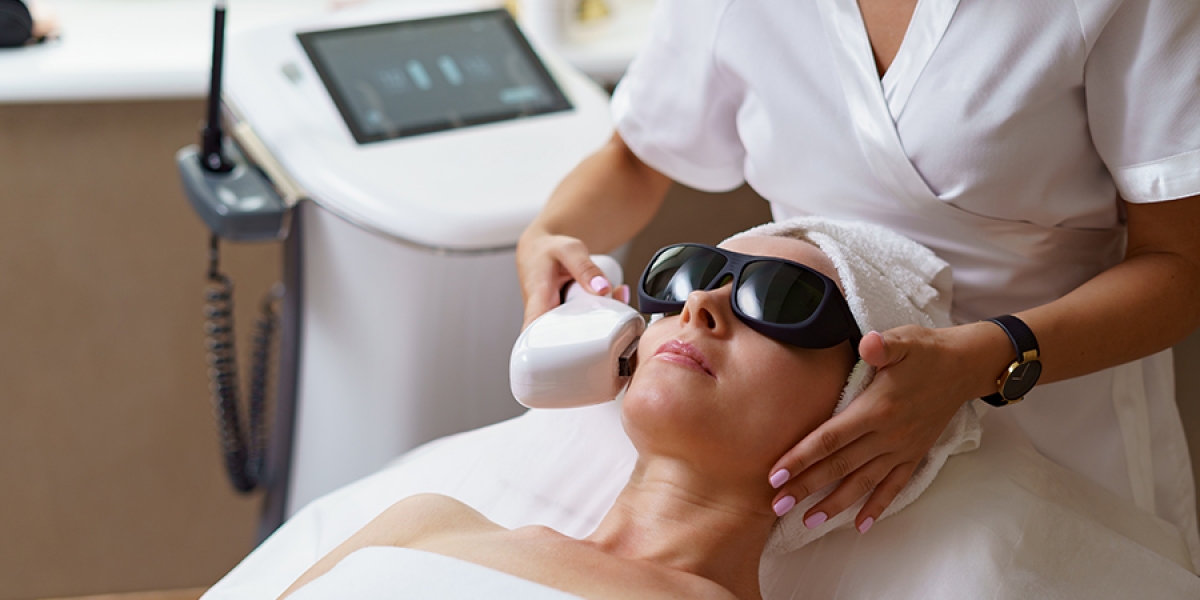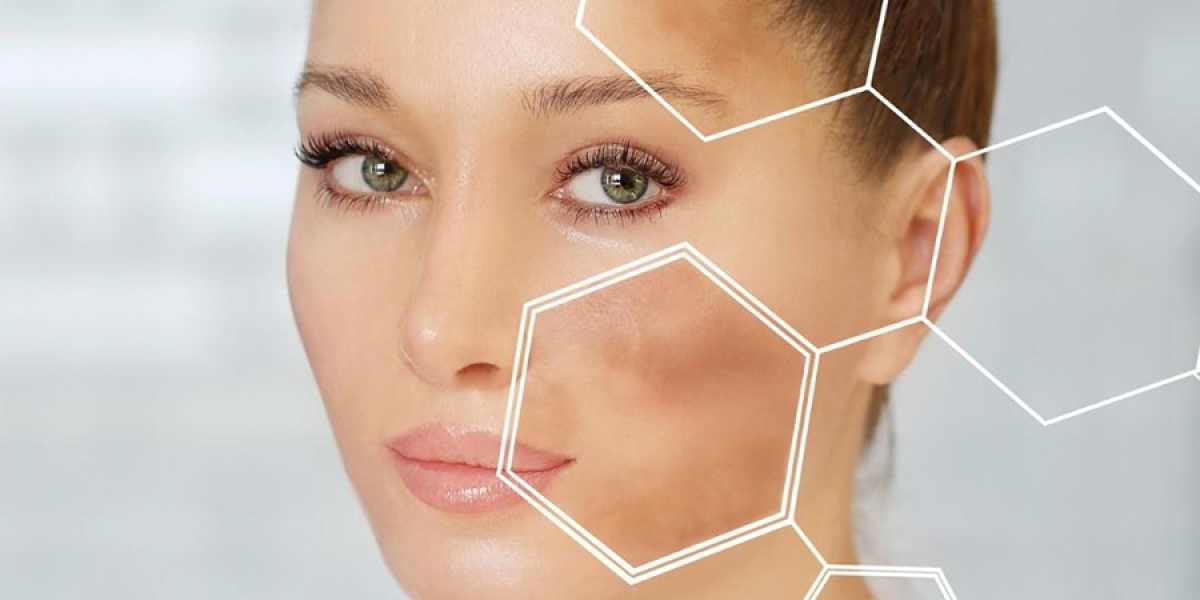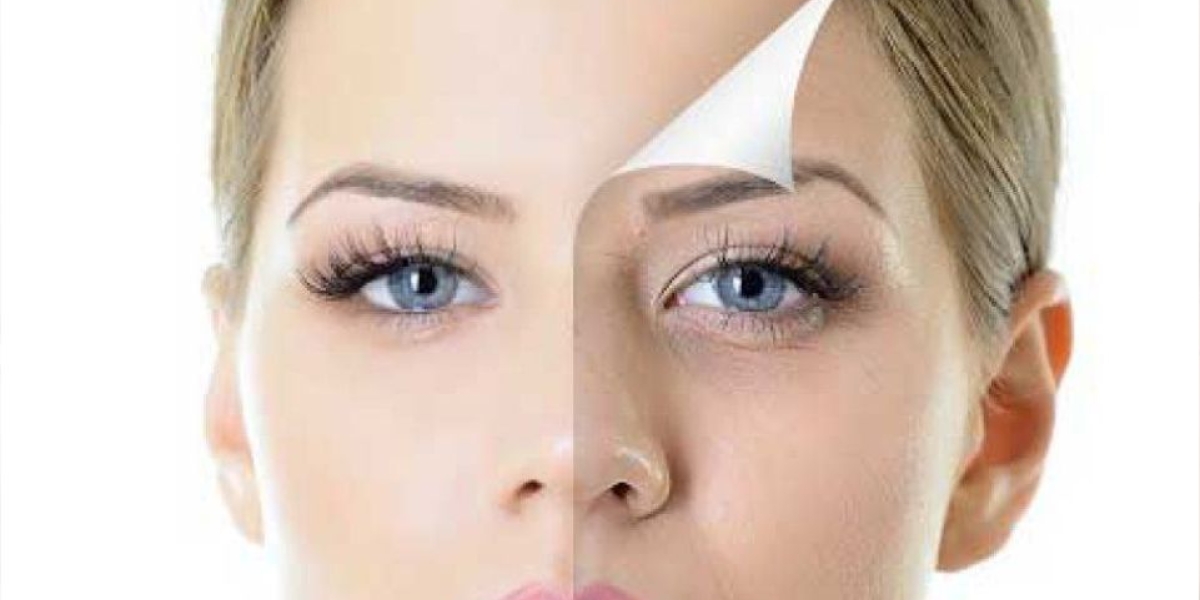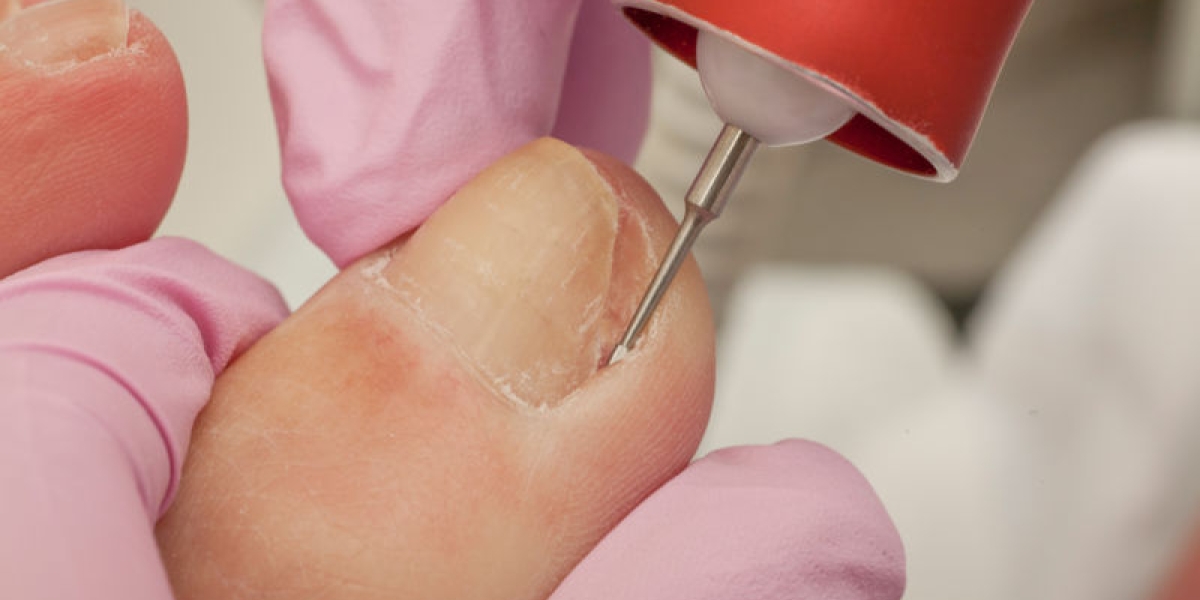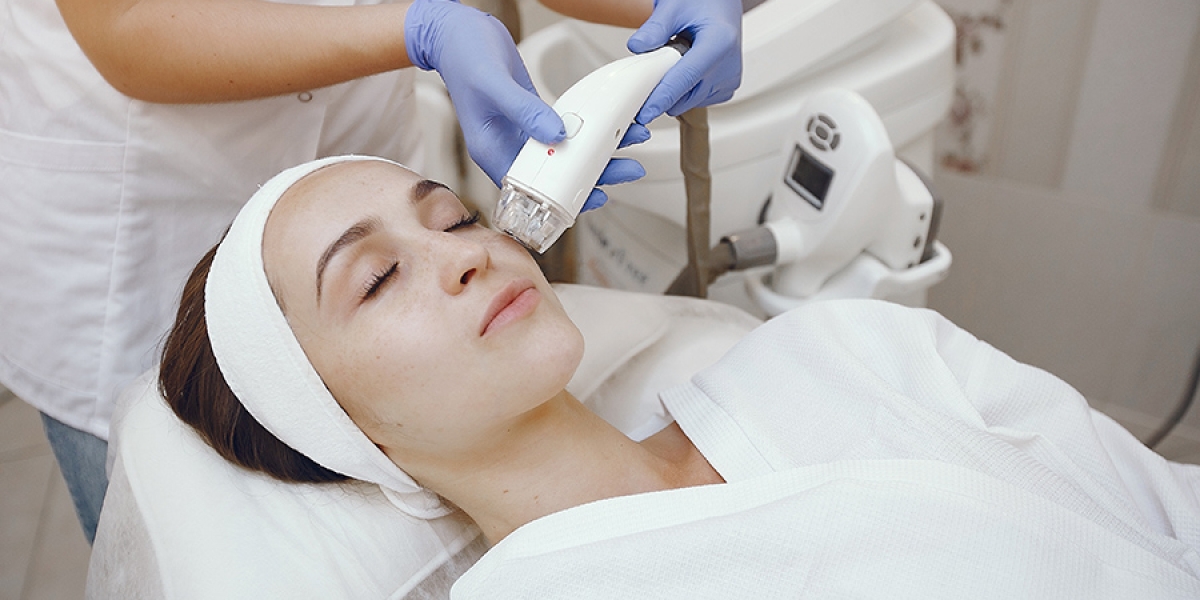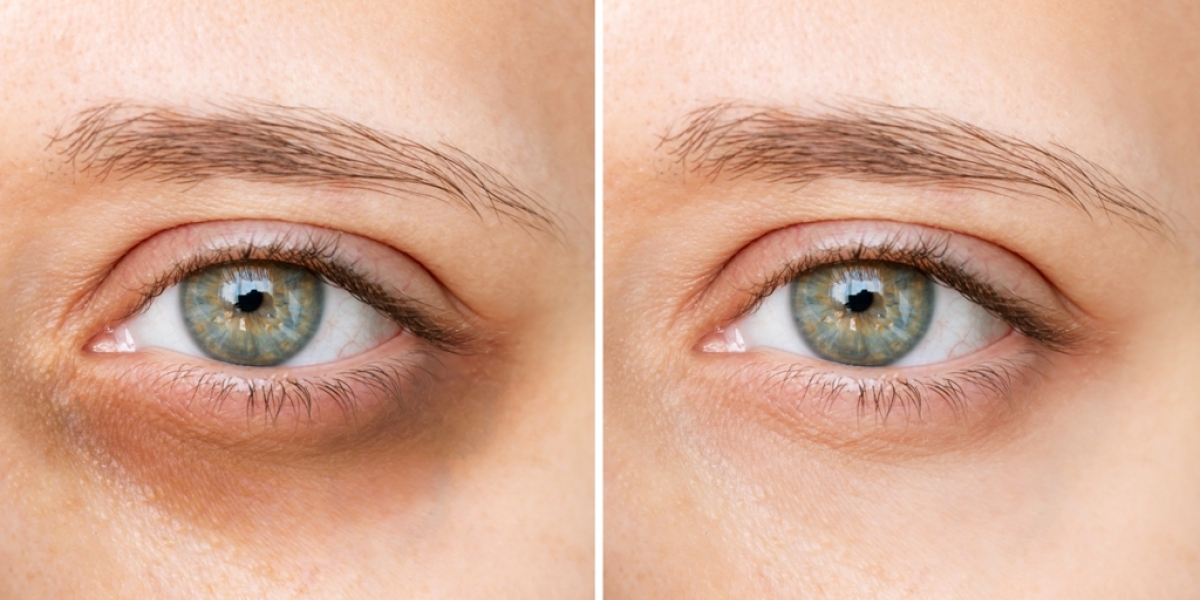Chemical peeling is a procedure used to improve the appearance of the skin. In this treatment, a solution is applied to the skin, which causes it to peel off. The new, regenerated skin is usually smoother and less pigmented than the old skin. The new skin also is temporarily more sensitive to the sun.
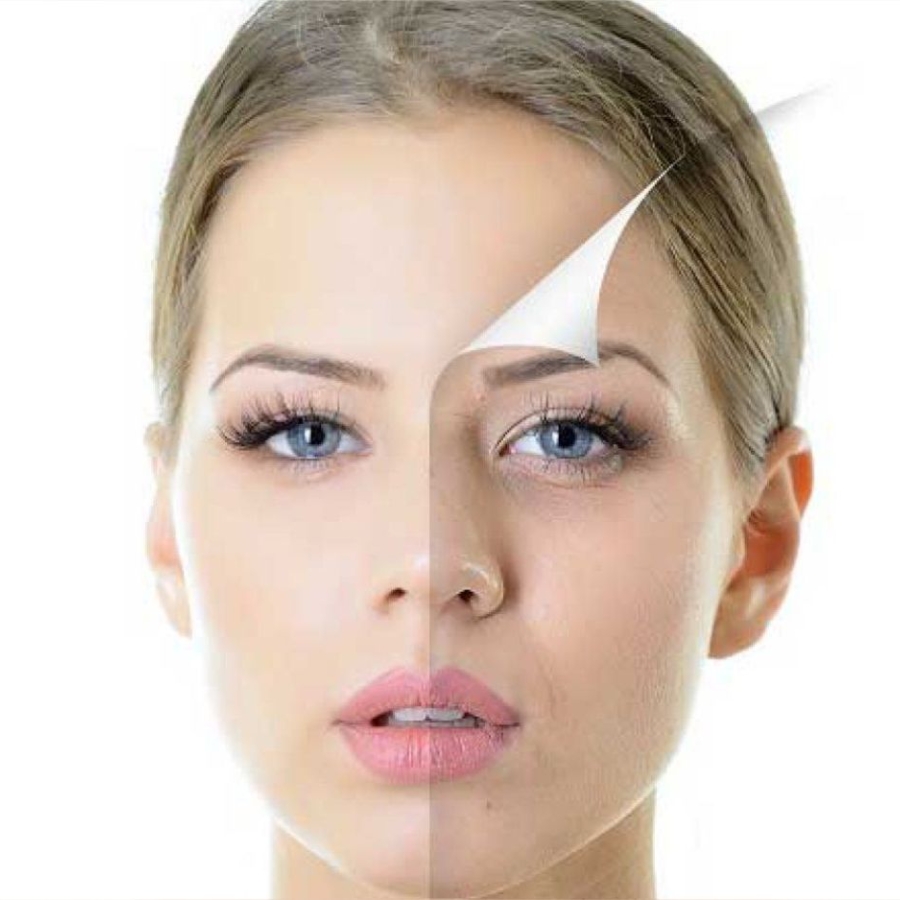
What Conditions Do a Chemical Peel Treat?
Chemical peels are performed on the face, neck or hands. They can be used to:
- Improve the overall look and feel of skin that is dull in texture and colour
- Treat wrinkles caused by sun damage, aging and hereditary factors.
- Treat certain types of acne
- Reduce age spots, freckles and dark patches due to pregnancy or taking birth control pills (melasma)
However, sags, bulges and more severe wrinkles do not respond well to chemical peels. They may require other kinds of cosmetic surgical procedures, such as lase resurfacing, or soft tisse filler (collagen or fat). A dermatologist can help determine the most appropriate type of treatment for each individual case
Types Of Chemical Peel Treatments That Are Commonly Offered
- Glycolic acid peels are derived from sugar cane. They are commonly performed for pigmentation and oil control.
- Salicylic acid peels tend to be used for antiinflammatory benefits in acne prone skin. They also help with superficial exfoliation of comedones (black and white heads).
- Tricholoacetic acid peels are generally used for deep exfoliation of pigment.
- Milder peel solutions like lactic acid, mandelic acid and arginine are used in conjunction with other cosmetic procedures like laser therapies, botox and fillers to enhance their effects.
How Are Chemical Peels Performed?
A chemical peel is performed in doctor’s office as an outpatient procedure.
The skin is thoroughly cleansed with an agent that removes excess oils and the eyes and hair are protected. Glycolic acid, trichloroacetic acid, salicylic acid, lactic acid or carbolic acid (phenol), are applied to the skin. These applications produce a controlled wound, enabling new, regenerated skin to appear
Preparing for a Chemical Peel
Prior to the chemical peel, your doctor may ask you to stop taking certain drugs and prepare your skin with topical preconditioning medications such as retenoids or glycolic acid. After the chemical peel, it’s important to use a broad-spectrum sunscreen every day.
If you have been prescribed oral antibiotics or an oral antiviral medicine, you should begin taking those as directed. Typically, the oral antibiotics are prescribed depending on the depth of the chemical peel.
What to Expect During The Procedure
During the procedure, most patients experience a warm to somewhat hot sensation that lasts about five to ten minutes, followed by a stinging sensation. Cool compresses may be applied to help alleviate this stinging. A deeper peel may require pain medication during or after the procedure.
What To Expect After the Chemical Peel
Depending upon the type of chemical peel, peeling usually involves redness, followed by scaling that ends within three to seven days. Most peels may be repeated at one to four-week intervals until the desired clinical effect is achieved.
You will work with your dermatologist to determine the depth of your peel. This joint decision can vary, depending upon the condition of your skin and the objectives of treatment.
It is important to avoid over-exposure to the sun after a chemical peel since the new skin is fragile and more susceptible to complications. The dermatologist will prescribe the proper follow-up care to reduce the tendency to develop abnormal skin color after peeling.
What Are the Possible Complications of Chemical Peels?
In certain skin types, there is a risk of developing a temporary or permanent color change in the skin. Taking birth control pills, subsequent pregnancy or family history of brownish discoloration on the face may increase the possibility of developing abnormal pigmentation.
There is a small risk of reactivation of cold sores in patients with a history of herpes outbreaks. This problem is treated with medication as prescribed by the dermatologist. Your dermatologist may also choose to give you medication before or immediately after the peel in order to prevent a herpes outbreak.
Prior to treatment, it is important for a patient to inform the dermatologist of any past history of keloids (scar tissue overgrowth created at the site of a skin injury) or unusual scarring tendencies, as well as any history of x-rays treatments to the face or recurring cold sores.

